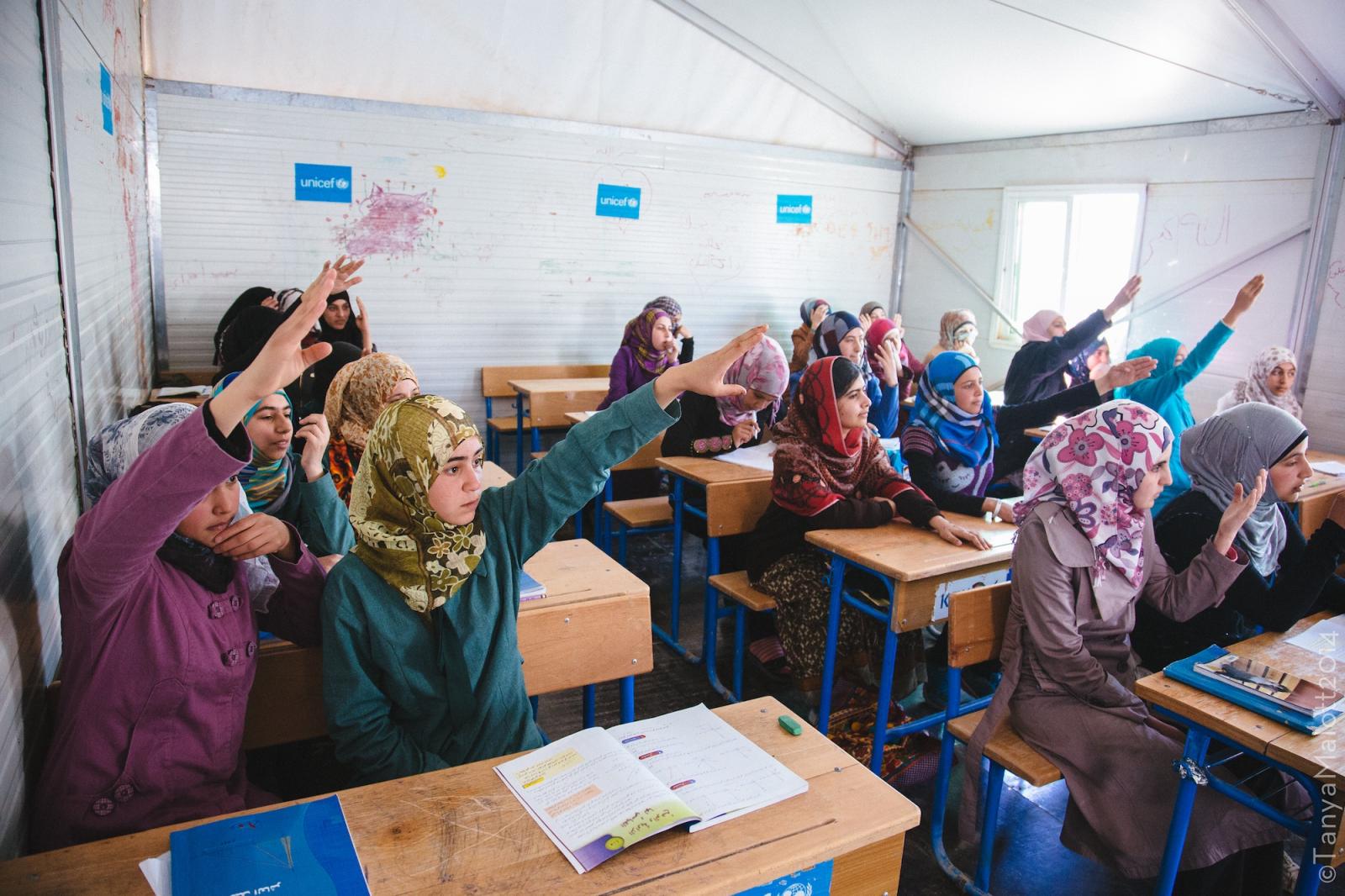Cultural Politics, Gender & History in Malala Yousafzai's I am Malala
"If we want to understand Malala, then we have to attend to the history of Pakistan and secularism which profoundly shape her as a political subject."
Kavita Daiya
The George Washington University
In order to appreciate the cultural issues around female experiences brought forward by Malala Yousafzai’s memoir I Am Malala, it is important to situate the memoir historically and read it as a part of a particular cultural and political context in Pakistan. In this theme, culture and history will be addressed through:
- a discussion of how Malala Yousafzai’s narrative illuminates common cultural practices around the place of girls in the family in modern South Asia
- an examination of the connections between cultural practices shaping girls’ experiences and the history of secularism in Pakistan
A supplemental feature for high school teachers appears at the end of this theme.
The resource guide theme can be downloaded at right, and the toolkit theme can be downloaded here.
Individual Activities
Through a series of writing activities, students are encouraged to reflect on this theme. For example, students are asked to:
- investigate the difference between urban and rural women’s schools and colleges in Pakistan
- refer to the book and identify and discuss the textual moments where Malala discusses her political opinions about women, secularism and culture
- watch an episode of an animated series about a female superhero and explain how it resonates with or differs from Malala’s memoir
Group Activities
Groups are asked to incorporate outside material to reflect deeper on culture and tradition in the context of Malala’s story. Sabiha Sumar’s film Silent Waters and the documentary It’s a Girl are both recommended as materials to compare and contrast with Malala’s memoir. Students are also encouraged to study different feminist activists or women’s organizations in Pakistan and map out their similarities, differences, strengths and limitations.



